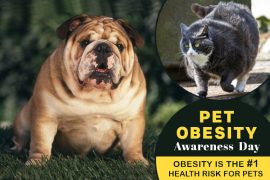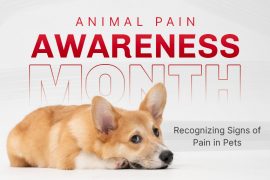Veterinary medicine is becoming high tech. Availing technology for treating pets is making things faster and simpler. In certain cases of wound healing, use of technology proves cheaper and affordable as well. For innumerable benefits, veterinarians across the globe are practicing these high tech methods for treatment for wound healing. One of the most popular wound healing methods is Negative Pressure Wound Therapy (NPWT). It is primarily used to cure diabetic ulcers and abdomen wounds.
What is NPWT?
NPWT is a high tech wound management and healing technique. This wound repair therapy involves a special sealed dressing around the wound. Vacuum is applied through this special sealed dressing. Vacuum initiates extra blood flow in the sealed portion and draws out excess fluid from it. The specially designed dressing device also allows passage for clinical fluids like saline and antibiotics to treat the wound.
It also has an absolute mechanism of extra and used fluid out of the wound. This maintains good hygiene, prevents infection and ensures fluid drainage out of the wound. This way, the special dressing creates a good healing environment within. The dressing is changed within every 48 to 72 hours until granulation of new tissues takes place and the wound recovers properly.
Clinical situation in which NPWT is recommended:
- For healing diabetes ulcers
- In treating open wounds especially those on the abdomen
- For overexposed orthopedic implants
- In case of septic peritonitis
- For skin grafting
Reasons for choosing NPWT as a wound care therapy:
- It paces up the process of removal of damaged tissues and foreign objects from the wound.
- It is highly effective in pacing up formation of new connective tissues and blood vessels on the wound surface.
- Changing bandage in NPWT is less labor intensive.
The technique is giving excellent results but some of the practitioners are questioning its effectiveness as a highly reliable wound repair therapy. To put it in simple terms, NPWT is taking slow steps in veterinary medicine but can definitely become one of the best treatments in the upcoming time. According veterinary practitioners of NPWT, this technique has full chance of becoming a popular wound repair technique in the future. Until then, let us hope for more technical methodologies in the field of animal care.





